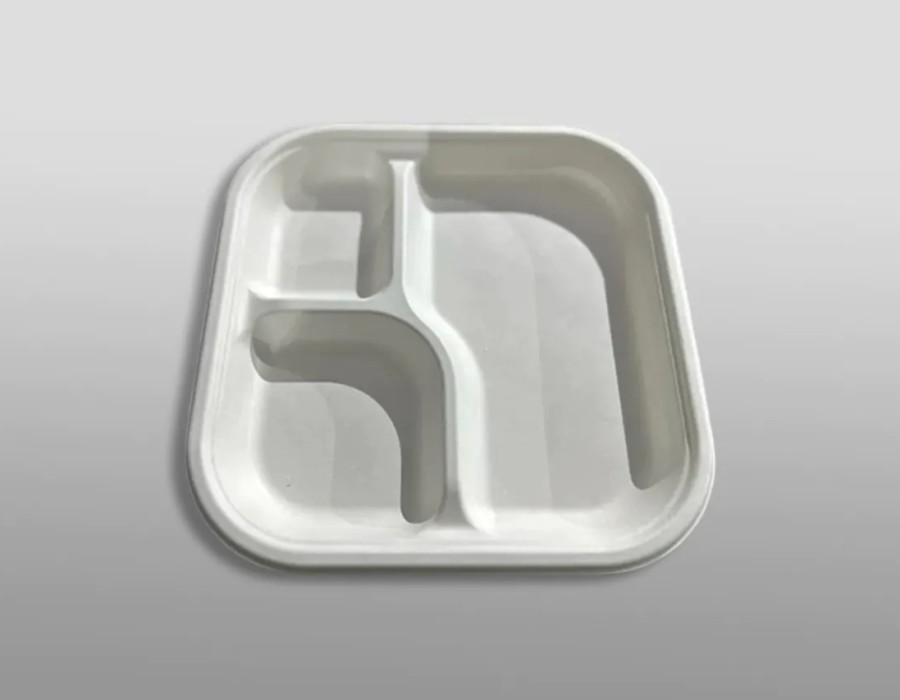In a world where sustainability is becoming more critical, choosing eco-friendly alternatives like biodegradable plates over traditional plastic ones can make a significant impact. This article explores the differences between the two, focusing on environmental, practical, and ethical aspects.
The Environmental Impact of Plastic Plates
Traditional plastic plates are made from petroleum-based materials, which are not biodegradable. Once discarded, these plates can take hundreds of years to break down, often ending up in landfills or oceans, contributing to pollution and harming marine life. Additionally, their production involves high energy consumption and greenhouse gas emissions, further exacerbating climate change.
Why Biodegradable Plates are a Game-Changer
Biodegradable plates, often made from materials like sugarcane bagasse, bamboo, or palm leaves, are designed to decompose naturally within weeks to months. These plates are compostable, breaking down into organic matter that enriches the soil rather than polluting it. Moreover, the production process for biodegradable plates typically involves lower carbon emissions, making them an environmentally friendly choice.
Practical Benefits for Everyday Use
While plastic plates are known for their durability and resistance to moisture, biodegradable plates have improved significantly in quality. They are sturdy, heat-resistant, and versatile for various dining scenarios. Additionally, many biodegradable options are aesthetically pleasing, adding an eco-chic touch to events or gatherings.
Cost Considerations
One of the arguments against biodegradable plates is their higher initial cost than plastic. However, the long-term environmental benefits and growing consumer demand for sustainable products can offset these costs. Many businesses and consumers view this as an investment in a healthier planet.
Ethical and Social Responsibility
Choosing biodegradable plates over plastic reflects a commitment to reducing environmental harm. For businesses, this decision resonates with eco-conscious consumers, enhancing brand reputation and loyalty. For individuals, it aligns with personal values of sustainability and responsibility.
Conclusion
The comparison between biodegradable and traditional plastic plates reveals the undeniable benefits of choosing sustainability. While plastic plates may offer short-term convenience, the long-term environmental impact is too significant to ignore. Biodegradable plates provide a practical, eco-friendly alternative that aligns with a sustainable future.





Comments